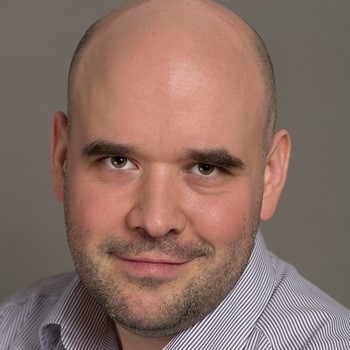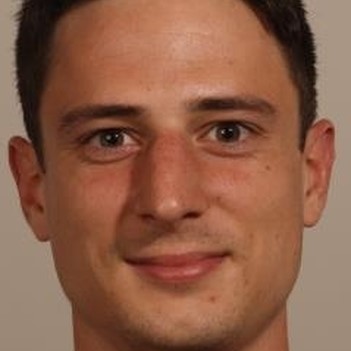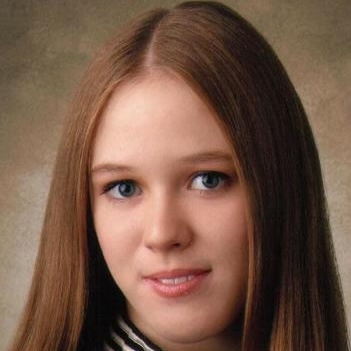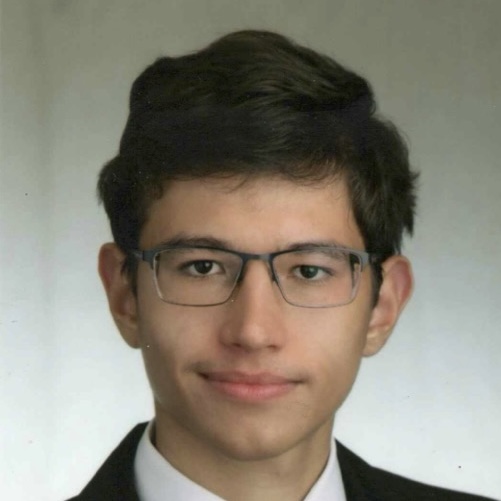CMS Quantum Chromodynamics Research Group
2024.10.13.

RESEARCH TOPIC
In 2005, our group started working on the physics of the strong interaction in the Compact Muon Solenoid (CMS) experiment using the proton and ion beams of the Large Hadron Collider (LHC) at CERN near Geneva. The strong interaction, which is related to the forces acting between the quarks and gluons that make up atomic nuclei, is described by the theory called quantum chromodynamics (QCD), and this is where the name of our group comes from. Our goal is the experimental investigation of those characteristics of the strong interaction that are not well explored both experimentally and theoretically, as well as the production and characterization of the hot and dense matter created in the microsecond after the Big Bang, the quark-gluon plasma. The data from the LHC already led to pioneering results in the first phase of its operation, such as the first direct detection of the energy loss of jets in the quark-gluon plasma, or the discovery of special particle correlations in high-multiplicity proton-proton collisions. Our group deals with a more precise understanding of the dynamics of the strong interaction through the internal properties of jets, the distribution and properties of the gluons that hold protons and nuclei together, and research into the unknown properties of large-scale atmospheric particle showers created by cosmic radiation with the essential contribution of the strong interaction. Several doctoral students have graduated from our group, who have since received postdoctoral positions at such prestigious institutions as CERN, MIT (Cambridge), City University of New York, and the Max Planck Institute for Physics (Munich).
In addition to the above, we also work with our students in the laboratories of ELTE to develop instruments and measurement methodologies, which may be suitable for industrial innovation, collaborations, and may be benefitial for society. One of these topics is the improvement of methods for measuring high-energy gamma rays generated during nuclear transitions, essentially with calorimetric equipment, and the other is for the domestic installation of a large detector brought home from CERN (scintillation timing detector) that prepares the measurement of the muon component of atmospheric particle showers initiated by cosmic rays. The work carried out in both topics also promotes the acquisition of the knowledge and practice for our students, required in large international collaborations.
MEMBERS
|
|
Gábor Veres full professor ELTE webpage |
|
|
Máté Csanád full professor ELTE webpage |
|
|
Attila Rádl doctoral student ELTE webpage |
|
|
Anna Fehérkuti doctoral student ELTE weblap |
|
|
Balázs Csaba Kovács BSc student |
FORMER MEMBERS
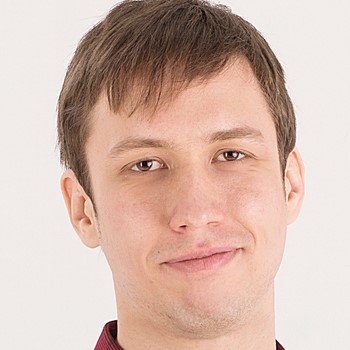 |
Olivér Surányi doctoral student (graduated: 2021 ELTE webpage |
CONTACT
Leader of the research group: Veres Gábor
Room: Északi tömb 3.83
Phone: +36-1-372-2759
Extension: +36-1-372-2500 / 6334
Email: uh.etle.snedul@gv
Room: Északi tömb 3.83
Phone: +36-1-372-2759
Extension: +36-1-372-2500 / 6334
Email: uh.etle.snedul@gv



